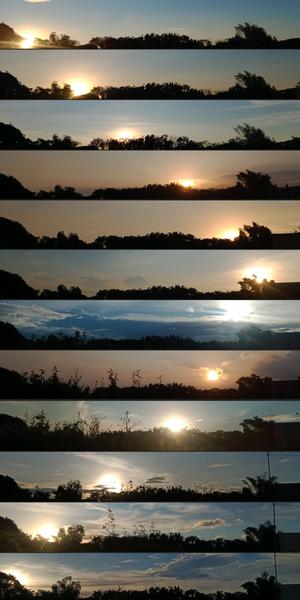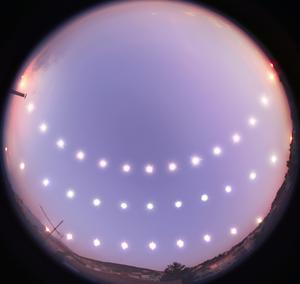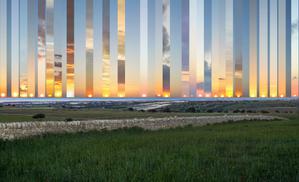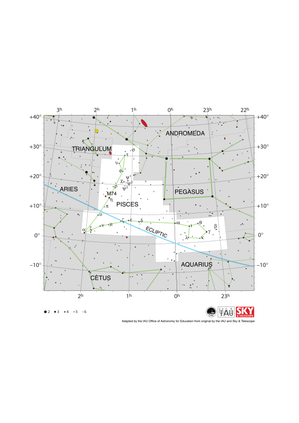Glossary term: Equinox
Description: The equinox is the moment in time in which the Sun, in its annual journey through the ecliptic, crosses the celestial equator. The word is derived from the Latin aequinoctium with aequus (equal) and nox (genitive noctis) (night). On the day of an equinox, daytime and nighttime are of approximately equal duration all over the planet, rather than just near to the equator. To an observer on Earth, the Sun rises exactly from the cardinal point east and moves, apparently, along the line of the celestial equator during that day, setting exactly in the west. There are two equinoxes per year, one around March 20 and one around September 23. When the equinox is in March, it indicates the apparent passage of the Sun towards the northern hemisphere; in the September equinox the apparent passage of the Sun is to the south.
Related Terms:
See this term in other languages
Term and definition status: This term and its definition have been approved by a research astronomer and a teacher
The OAE Multilingual Glossary is a project of the IAU Office of Astronomy for Education (OAE) in collaboration with the IAU Office of Astronomy Outreach (OAO). The terms and definitions were chosen, written and reviewed by a collective effort from the OAE, the OAE Centers and Nodes, the OAE National Astronomy Education Coordinators (NAECs) and other volunteers. You can find a full list of credits here. All glossary terms and their definitions are released under a Creative Commons CC BY-4.0 license and should be credited to "IAU OAE".
If you notice a factual error in this glossary definition then please get in touch.
Related Media
Where the Sun Sets Every Month
Credit: John Paul Pile/IAU OAE (CC BY 4.0)
License: CC-BY-4.0 Creative Commons Attribution 4.0 International (CC BY 4.0) icons
The Path of the Sun
Credit: Frank Niessen/IAU OAE (CC BY 4.0)
License: CC-BY-4.0 Creative Commons Attribution 4.0 International (CC BY 4.0) icons
Solstices and Equinox
Credit: Tunç Tezel/IAU OAE (CC BY 4.0)
License: CC-BY-4.0 Creative Commons Attribution 4.0 International (CC BY 4.0) icons
Occasive Amplitude
Credit: Marcella Giulia Pace/IAU OAE (CC BY 4.0)
License: CC-BY-4.0 Creative Commons Attribution 4.0 International (CC BY 4.0) icons
Related Diagrams
Pisces Constellation Map
Credit: Adapted by the IAU Office of Astronomy for Education from the original by IAU/Sky & Telescope
License: CC-BY-4.0 Creative Commons Attribution 4.0 International (CC BY 4.0) icons













